
Nestled between the Jordan River and the vast Syrian Desert, Jordan is a nation of stark contrasts: ancient cities, fertile highlands, and arid badlands. Despite its limited arable land (just 12% of total territory) and chronic water scarcity—where 90% of freshwater is sourced from non-renewable aquifers—agriculture remains a lifeline, employing 14% of the workforce and supplying 70% of the country’s fresh produce. Yet, this resilience is strained: climate change intensifies droughts, aging farmers struggle with labor-intensive tasks, and traditional methods waste precious resources. Enter Chinese agricultural drones—innovative tools engineered to thrive in harsh environments—now transforming Jordan’s farms into models of efficiency, sustainability, and hope.
Jordan’s Agricultural Crossroads: Thirst for Progress
Jordan’s farming sector faces a triple threat:
-
Water Scarcity: With rainfall averaging just 150mm annually, farmers rely on expensive desalinated water and deep wells, depleting reserves faster than they recharge. Flood irrigation wastes up to 50% of this water through evaporation.
-
Labor Shortages: Younger generations flock to cities, leaving older farmers—many over 60—to manage fields alone. Manual tasks like spraying pesticides or fertilizing terraced olive groves are physically grueling and slow.
-
Yield Pressures: Climate-driven heatwaves and pests (like the Mediterranean fruit fly) threaten crops such as tomatoes, citrus, and olives—staples of Jordan’s export market.
For farmer Ibrahim Al-Hadid, tending 15 hectares of olive trees in Madaba Governorate, these challenges are existential. “My father taught me to farm with a bucket and ladder,” he says. “Now, I can’t find workers to prune trees or spray for pests. Last year, 30% of my olives rotted from olive fruit fly infestations. My son moved to Amman—he calls farming a ‘dying trade.’”
Chinese Drones: Built for Desert Resilience
Chinese agricultural drones, designed with water-stressed, labor-starved regions in mind, offer more than just technology—they deliver solutions tailored to Jordan’s reality.
Tailored to Jordan’s Climate: Durability Meets Smart Tech
-
Heat & Dust Defiance: Reinforced aluminum frames, high-temperature batteries (operating up to 60°C), and sealed motors with triple-layer dust filters ensure drones function flawlessly in Jordan’s summer heat and frequent dust storms. Propellers resist clogging from sand, critical for remote farms near the desert.
-
Hyper-Efficient Water Use: Equipped with micro-spraying nozzles and AI-driven flow sensors, these drones reduce water consumption by up to 70% compared to manual methods. Variable-rate technology applies water only where olive or tomato roots need it—critical for conserving Jordan’s dwindling aquifers.
-
Terrain Agility: GPS-guided flight systems and 3D mapping software let drones navigate terraced olive groves and rocky citrus orchards, avoiding collisions with ancient stone walls or gnarled tree trunks. Multispectral sensors detect early signs of drought stress or pest infestations, enabling proactive intervention.
Empowering Local Farmers, Not Just Machines
Chinese exporters prioritize capacity building, ensuring Jordanian farmers own their progress:
-
Training Hubs: Partnering with local agricultural universities, they run workshops teaching flight planning, maintenance, and data analysis. “We train farmers to fix minor issues—like replacing propellers—so drones stay in the field,” explains a trainer. “This isn’t just about selling tech; it’s about building local expertise.”
-
Affordable Access: Flexible financing models and bulk-purchase programs make drones accessible to smallholders. “For the price of a single tractor, we can equip five farmers with drones that work 10x faster,” says Ibrahim, now a drone cooperative leader.
From Wilted Groves to Thriving Farms: Early Wins
In Jordan’s Ajloun Governorate, a region famed for its olive oil and stone fruits, early adopters are already reaping rewards:
-
Water & Cost Savings: A 20-hectare tomato farm reduced irrigation water use by 65% while boosting yields by 20%. “We’re using less desalinated water and saving on labor—profits are up 35%,” says cooperative manager Lina.
-
Pest Control Revolution: In olive groves near Jerash, drones mapped olive fruit fly hotspots and sprayed targeted biopesticides, cutting crop damage from 30% to 8%. “Before, we lost tons of olives,” says Ibrahim. “Now, we’re exporting extra oil to Europe—something I never dreamed of.”
-
Youth Reengagement: Twenty-eight-year-old Omar, who studied engineering in Amman, now operates drones for his family’s farm. “Farming used to feel backward,” he says. “With drones, it’s tech-driven and profitable. I’m teaching my cousins to fly them too.”
Beyond Yields: Cultivating a Sustainable Legacy
The impact of Chinese drones extends far beyond crop numbers. By slashing water use and chemical runoff, they’re helping Jordan meet its 2030 goal of reducing agricultural water consumption by 40%. Locally, drones are inspiring a new generation of “agri-tech” entrepreneurs who see farming as innovative, not archaic.
“Agriculture is Jordan’s hidden gem,” says Dr. Mona Al-Khatib, a rural development expert. “Drones aren’t just tools—they’re symbols of progress. They show our farmers that tradition and technology can coexist to nourish our land and our future.”
A Partnership for the Long Haul
For China’s drone industry, exporting to Jordan is about more than trade—it’s solidarity. By providing affordable, rugged technology and investing in local expertise, Chinese manufacturers are helping Jordanian farmers transform their relationship with water, land, and their own potential.
As Jordan aims to boost agricultural self-sufficiency and reduce import dependency, drones will play a pivotal role. Future applications could include planting drought-resistant date palms in desert fringes, monitoring soil moisture to optimize irrigation, and using drone data to attract climate-smart investors. With continued support, Jordanian farmers won’t just survive—they’ll thrive, proving that even in the driest soils, innovation can bloom.
In a nation where the desert tests resilience, Chinese agricultural drones are flying more than missions—they’re carrying the promise of a greener, more prosperous Jordan. And in doing so, they remind us that with the right tools and partnership, even the most challenging lands can nurture a thriving agricultural future.
This article highlights how Chinese agricultural drones address Jordan’s unique challenges—water scarcity, labor gaps, and climate pressures—while emphasizing adaptability, local empowerment, and sustainable progress. It avoids specific company names, focusing on technology’s role in revitalizing a vital sector.
THE END

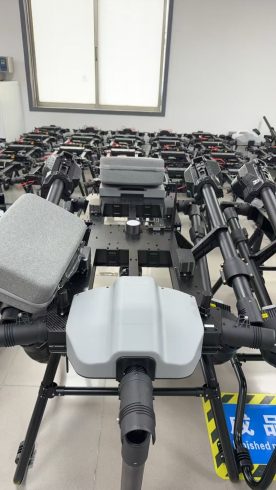
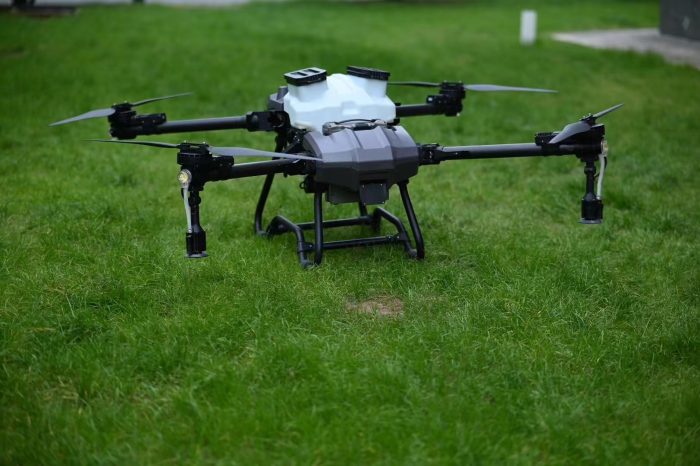

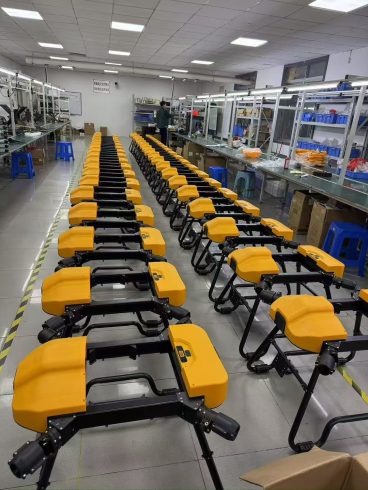
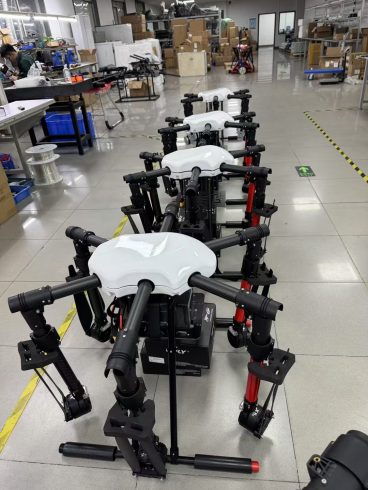

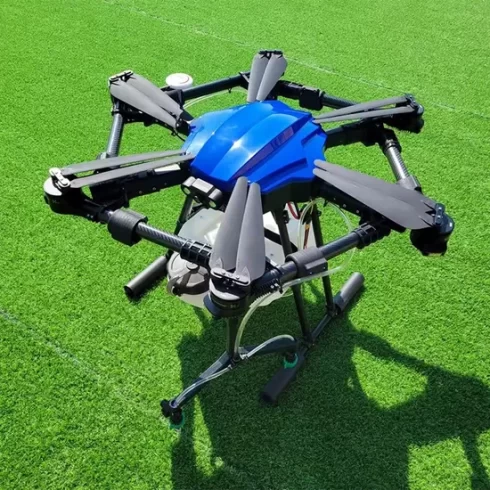


暂无评论内容